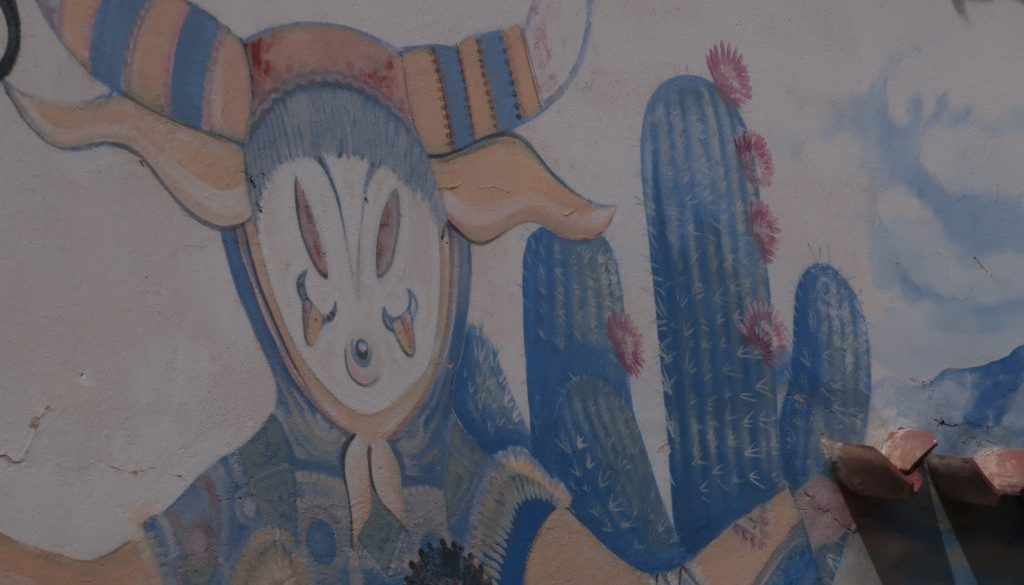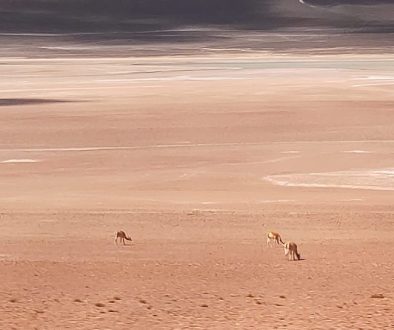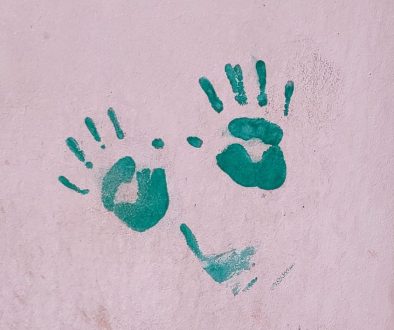Excursion to the mountains
Had to wait for an hour, before the VAN came, shouldn’t complain. Was probably the last one to book the journey. An hour at 5AM is well a lot.
Because I didn’t expect much from a English guide, I had choosen a Spanish trip. I hoped I could follow along. Here, chauffeur and guide is one person. Drivend, explaining the trip, the sights along the way, eating, calling, typing, it’s possible…
The headset had some cracking sound in the background, I had to concentrate. At least, I could follow, which themes are important for this excursion.
Except for sanitary stops, Purmamacara was our first one. Coloured hills, nice little village, a lot of trade (and thus colour) along the mainstreet. At the mainsquare a little church, with a lot of procession stuff. Is there a special cathlic holiday, around this time?
We drove up to Humahuaca. A smaller bus drove up to Hornocal, the next coloured hills. I refused. Main reason to me for this trip were the ruins at Talcara, a place we will see on our way back. Thus, I stayed, with two other ladies. The guide wasn’t please. It gave me the opportunity to take it a bit more relaxed.
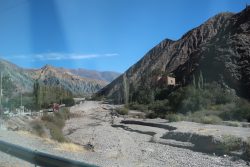
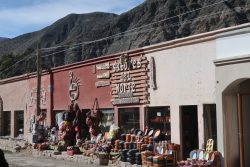
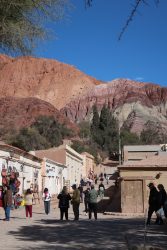
During the lunch, I had a nice little coversation with the two ladies. They were from Dolores, province near Buenos Aires. Real gauchos. Even showed me some little videos. Talked about cattle and pasteurs. The younger one took me along in some Spanish lesson. Felt good. The older one used ChatGPT for translation on the fly. Both had its purpose, I should say. The univers presents us little gifts every day.
After the meal, the ladies took a guided tour through the village. I stayed for some homework; and felt the urge to find my own way. As always, just wandering around, following what catches my attention. First way for me was uphill, had seen some landmark, I couldn’t yet define. Seemed to be a memorial. Men fighting. Why always this attention for aggression? Why always attempt to make aggressors heros? The park with it was nice. Took the steps down and got to the main square. A little market, some official buildings. Cute.
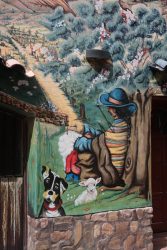
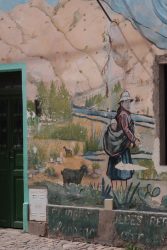
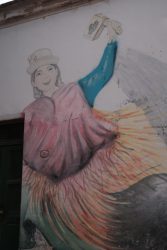
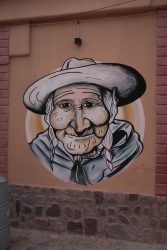
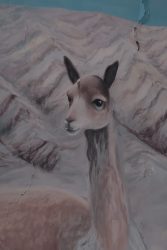
Wandering through the cobble streets, it seemed, they had more focus on tourism then on their own community life. Seemed a bit out of balance. Assume, they have more visitors in the summer. But makes it up for the loss of handcrafts and handy mens? Their homes are mostly in desrepair comparing to the hostels and restaurants.
At the busstation, they had an ATM. Thus, the next attempt to get some cash. It really is difficult, here, in Argentina. Having enough cash with you is highly advisable! I had read about 3 different exchange rates: the one of the banks, with high costs for using your card, the one at official exchange offices and one on the street, with the risk of fake money. Reading about it and experiencing it are two dfferent levels.
Next stop was Tilcara! Yes! Only, we had about 20 minutes in the village and didn’t get up to the (pre)Inka ruins. What a pity! Have seen them from the road and at some wall paintings in the village. Have to do it with that.
All the wall paintings, everywhere, it really makes streets much more interesting, coulourfull, vibrant! Highly recommand!
Another two photostops and a few more hours to drive, and we found ourself back in Salta. One of the stops was at the highest point of the world. I put a link to the explanation.
The mountains are really interesting, the formations look quite special. Another remarkable point: around villages, you find no flieds or pasteurs. Only sometimes, along the riverbeds (which are very dry now in the winter) there are some cattles, horses, mules or goats. 3 to 5 houses. That’s it. Further up in the mountains, you see a few vinyards. The few fields we saw: everything seemed to be done by hand, you see people at work, no machinery around.
In the flatlands, the Pampa, it was different: fields as far as the eye can see. Al industrial.
Is all they sell at the markets handcraft? I doubt it. Would be a challenge to produce those goods at such quantety (and quality) by hand. On the other hand, there are not much factories around, also not near the bigger cities. Once in a while, there is a chemical or a concrete plant. Thats it.
Pachamama is present, here in the mountains. The rituals are a combination of traditions and christian beleaves. Everything counts, works well together. The ecological link is sometimes a bit strange. Building a house with 50% of plastic bottles is working with what you have at hand. But is it sustainable? Leaving plastic offerings for Pachamama? Feels strange.
